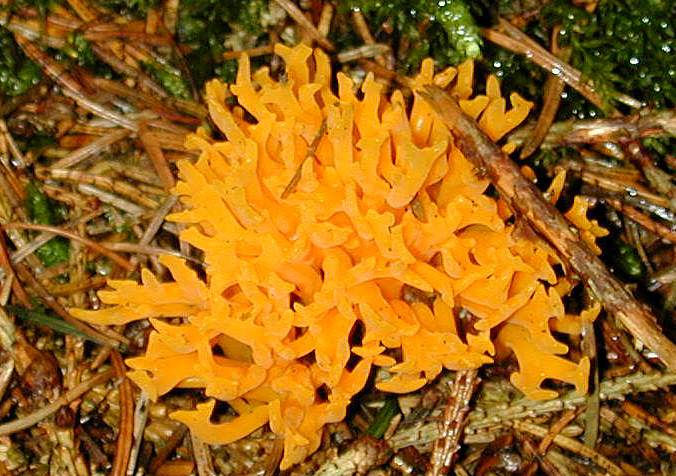

Organism, Jelly
Typical Animal Level ("AL"): 3d4
Typical Number Encountered: 1
Alignment: N/N
Description: a fluid, amoeba-like organism, of an ochre colour, of size 8ft3 (2ft * 2ft * 2ft) per HP. It can adopt various shapes, and may separate without harm, but tends to conglomerate.
Habitat: Dungeons, Underground, Green Areas, Wilderness Areas
Language: none
Chars: none, substitute AL where required
Movement:
Creep @ up to 6 ft/sec / 4 mph
Can squeeze through narrow gaps.
Fighter Abilities:
AL/3, FRU AMR (may make multiple attacks at different targets in same second) D = 10 + (5AL) % RD = (5AL) % 5AL HP
Attack Modes:
Pseudopod @ A = 8AL %, DAM = 2d6 Acid Damage vs organic materials. Note the Pseudopod does no damage to metal armour / shields, so cannot penetrate their ADS. The Jelly will always aim for exposed flesh or areas protected only by leather armour.
HitLoc Table:
01 to (4 * total remaining HP)
ADS: 0 all over
Cutting damage (e.g. Swords and Axes) fragments it into smaller Ochre Jellies, which will creep together.
Blunt damage (e.g. Hammers) has no effect.
Effects of Specific Damage:
All Damage which affects it is taken as General Damage. For each 5HP taken, Ochre Jelly takes AL -1.
Thievish Abilities:
Far Taste 20AL%
Other Abilities / Powers / Notes:
Back to Organisms index
Back to Encounters index